EM Los Alamos Field Office has reached a significant stage in a key project for the legacy cleanup mission at Los Alamos National Laboratory by beginning offsite shipments of transuranic waste from previously buried corrugated metal pipes for permanent disposal. June 10, 2025
Just over 400 legacy transuranic waste containers remain at the Savannah River Site after workers there have sent more than 35,000 of them to the Waste Isolation Pilot Plant in New Mexico for disposal since the underground repository opened in 1999.
Gone from Oak Ridge National Laboratory (ORNL) is legacy radioactive waste that had been stored there for more than 50 years, thanks to continued cleanup progress from the Oak Ridge Office of Environmental Management (OREM) and contractor UCOR.
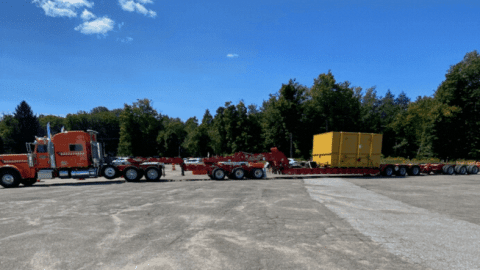
U.S. Department of Energy Office of Environmental Management (EM) crews have met a notable milestone in the cleanup of the West Valley Demonstration Project by safely completing 32 shipments containing nearly 1.9 million pounds of legacy waste.
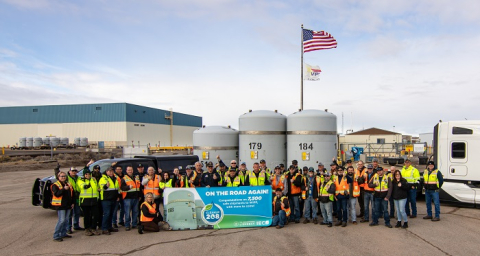
The Idaho Cleanup Project team recently celebrated 7,500 transuranic waste shipments from the Idaho National Laboratory (INL) Site to the Waste Isolation Pilot Plant.
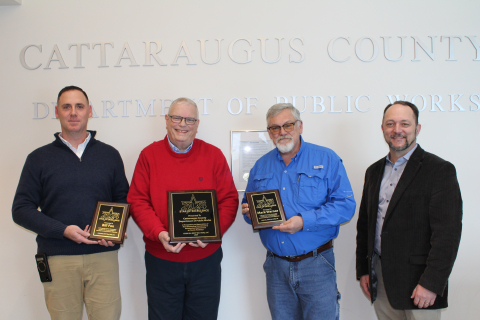
The cleanup team at the West Valley Demonstration Project recognized the Cattaraugus County Department of Public Works for its partnership to ensure the site promptly received required permits for special oversized waste shipments for offsite disposal.
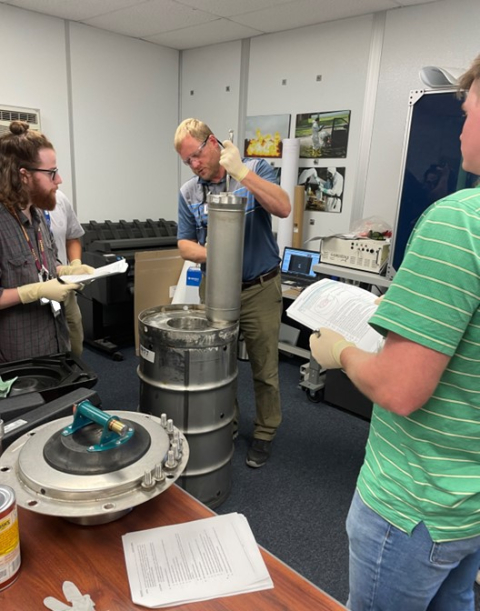
Contractors supporting the Office of Environmental Management at the Savannah River Site hosted the Department's Packaging Certification Program, delivering a cutting-edge course in collaboration with Los Alamos National Laboratory.
EM workers at the Savannah River Site recently restored six portable tanks, helping preserve an essential site capability of transporting large quantities of radioactively contaminated or hazardous liquid solutions while creating cost savings.
The Paducah Site met a 2024 priority by safely and successfully removing 1 million pounds of R-114 refrigerant — a legacy environmental hazard stored at the site.
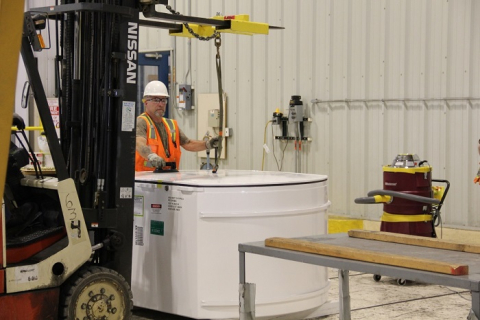
The Idaho Cleanup Project has improved transuranic waste operations to address waste inventory challenges, ensure shipments remain compliant with safety standards and meet commitments to the state of Idaho.

